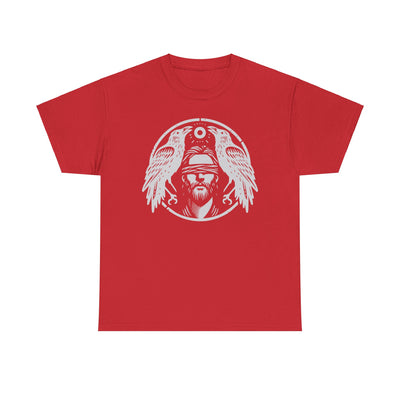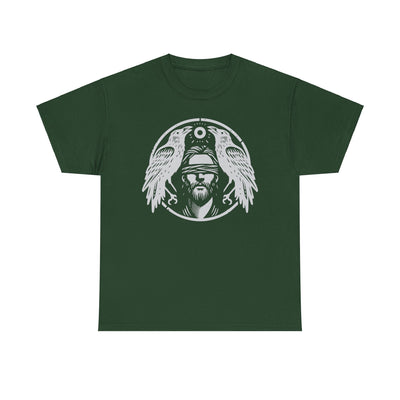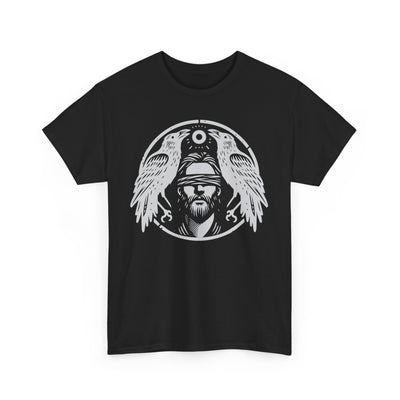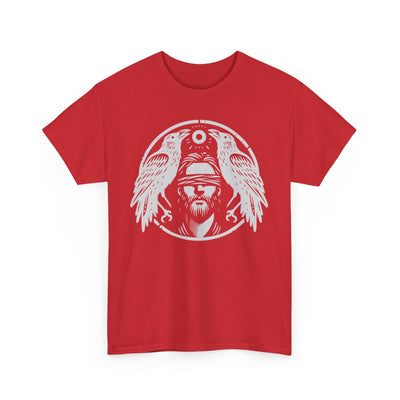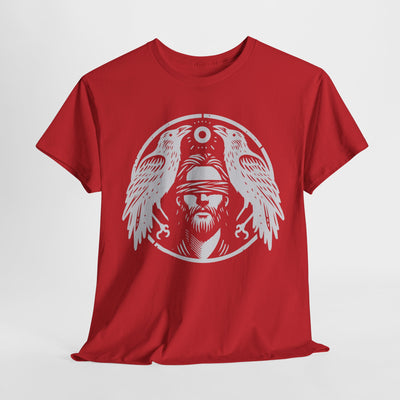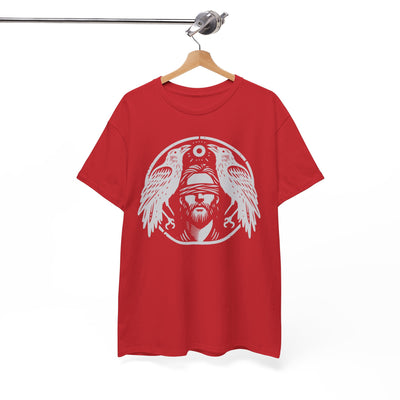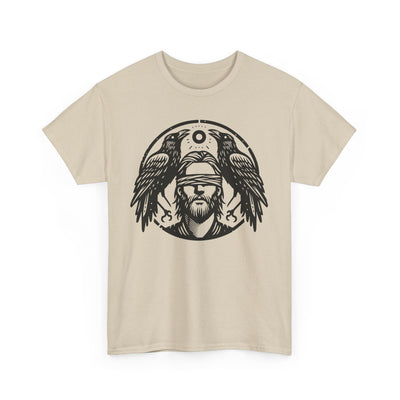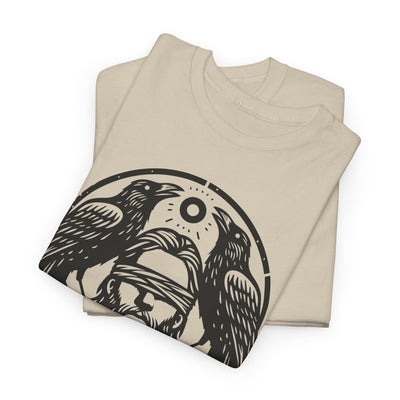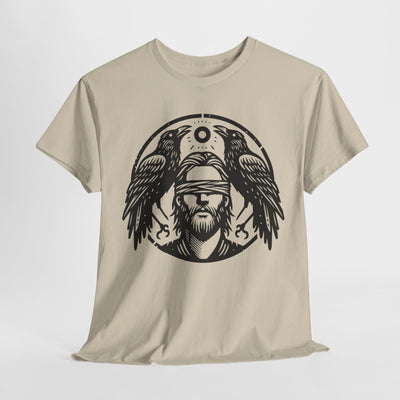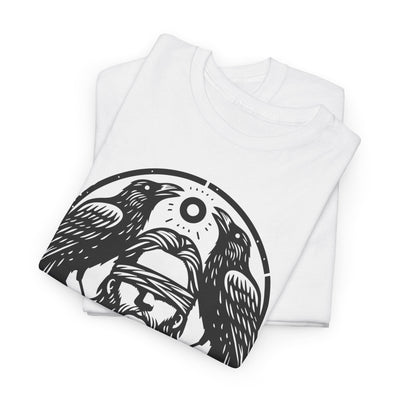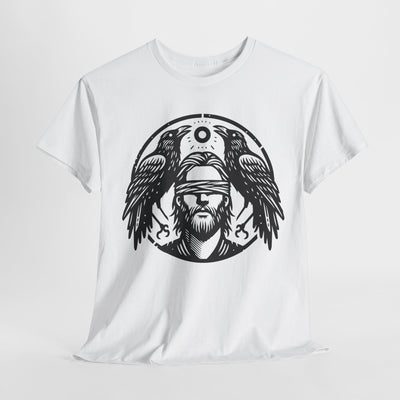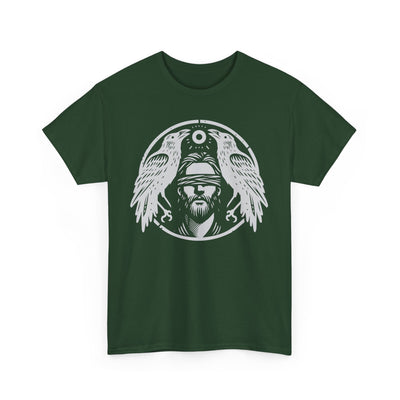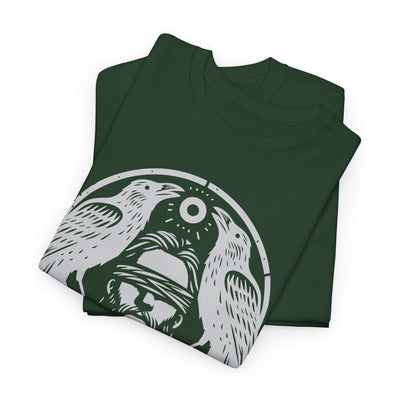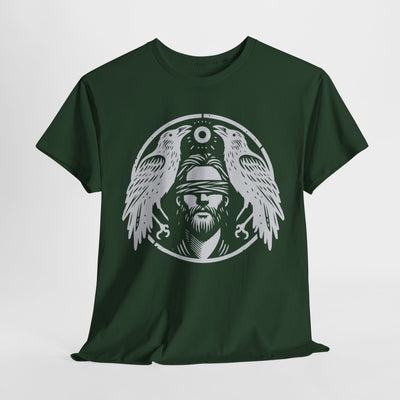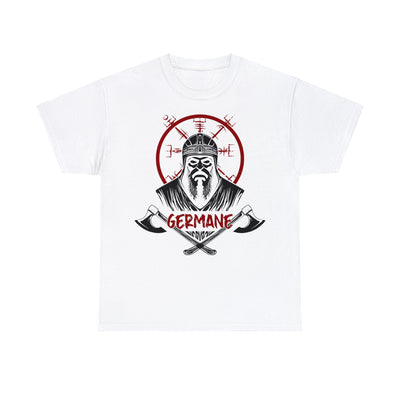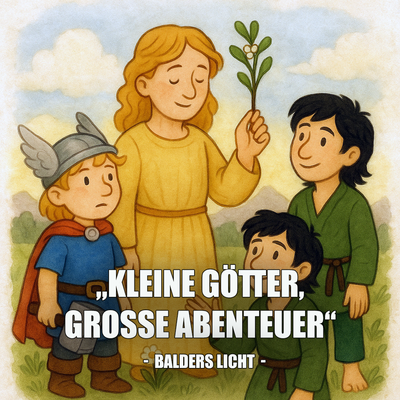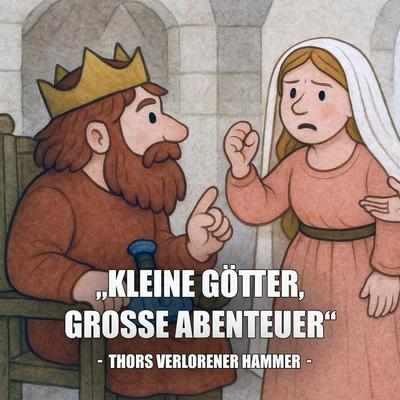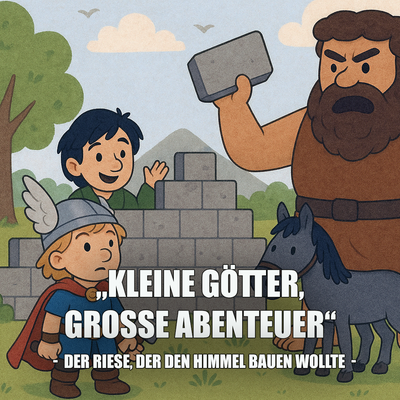Introduction: Who is the Fenris Wolf?
The Fenris Wolf, often called Fenrir, is one of the most famous and fearsome creatures in Norse mythology. As the descendant of the cunning god Loki and the giantess Angrboda, Fenris is at the centre of many stories and prophecies. His immense power and untamable ferocity make him a figure feared by both gods and men. But what does the Fenris Wolf really represent, and what role does it play in the story of Ragnarök, the downfall of the gods?
The Origin of the Fenris Wolf in Norse Mythology
The legend of the Fenris Wolf begins deep in the world of gods and giants. Fenris is one of three fearsome descendants of Loki who terrify the gods . Along with his siblings Jörmungandr, the world serpent, and Hel, the ruler of the underworld, Fenris was seen as a threat to the order of the world.
Meaning of the Fenris Wolf: Symbolism and Myth
In Norse mythology, the Fenris wolf symbolizes uncontrollable, destructive forces. It embodies the chaos that can unbalance the cosmos, and its imprisonment by the gods shows the constant attempt to tame these forces.
The Story of the Fenris Wolf
The Birth of Fenris: A Dangerous Offspring
Fenris was born in Jötunheim, the land of the giants. From birth it was clear that he was not like other wolves. He grew at a rate that worried the gods, and it soon became apparent that he would one day pose a serious threat.
The Children of Loki: Family of the Fenris Wolf
Loki is known for his devious nature, and his children are as impressive as they are fearsome. In addition to Fenris, Loki's descendants include Jörmungandr, the gigantic world serpent, and Hel, the goddess of the underworld. Each of these descendants played a significant role in Norse legends.
Prophecies and the Fate of the Fenris Wolf
In the Norse sagas, Fenris was predicted to play a key role in the downfall of the gods, Ragnarök. This prophecy led the gods to try to tame him before he became too powerful.
The Growth of the Fenris Wolf: How Big Was He Really?
Gigantic Size: A Threat to the Gods
Fenris grew quickly and eventually became so large that the gods realized they could no longer ignore him. His size and strength made him a direct threat to Asgard, the home of the gods.
Physical Description of the Fenris Wolf
Fenris is often described as a gigantic wolf with jaws large enough to encircle heaven and earth. His eyes glow with rage and his teeth are sharp as swords. This imposing appearance made him one of the most fearsome creatures in mythology.
The Shackles of the Fenris Wolf: Attempt at Control
The Attempts of the Gods to Tame Fenris
The gods realized that Fenris was becoming too powerful to be allowed to roam free. They decided to bind him, but it was no easy task. Several attempts failed because Fenris broke every chain they put on him.
The Indestructible Shackle: Gleipnir
Eventually, the dwarves created Gleipnir, a magical fetter that seemed thin and light but indestructible. Fenris distrusted the gods and refused to be bound unless one of the gods put his hand in his mouth. Tyr, the god of war, sacrificed his hand to enable the binding of the Fenris wolf.
Ragnarök and the Death of the Fenris Wolf
Who kills the Fenris Wolf?
During Ragnarök, the prophesied downfall of the gods, Fenris will play a central role. He will devour Odin, the Allfather of the gods, in a final battle. But in the end, Fenris himself will be killed by Vidar, Odin's son, who avenges his death.
The Role of the Fenris Wolf in the End Times
The Fenris Wolf is a key player in the events of Ragnarök. Its uprising symbolizes the chaos that will plunge the world into the abyss. With each bite it brings the end closer, and its release is the sign of the beginning of the doom.
The Battle with Odin: The End of an Era
The final battle between Odin and Fenris is one of the most dramatic moments in Norse mythology. Odin, the king of the gods, fights bravely, but Fenris' overwhelming strength seals his fate.
The Meaning of the Fenris Wolf in Norse Mythology
A symbol of chaos and destruction
Fenris is not just a giant wolf, but a symbol of the uncontrollable chaos that threatens the divine order. He represents the forces beyond the control of the gods, and his shackles symbolize the desperate attempt to keep these forces in check.
The Fenris Wolf as a Metaphor for Uncontrollable Forces
In many interpretations, Fenris represents the wild, untamed aspects of nature or the human psyche. He symbolizes those elements that, if left uncontrolled, can have devastating consequences.
Other names and depictions of the Fenris wolf
Fenrir, Fenrisúlfr and other names
In mythology, Fenris is also called Fenrir or Fenrisúlfr. These names can be found in different versions of the Norse sagas, but they all refer to the same fearsome creature.
Representation of the Fenris Wolf in Modern Media
The Fenris wolf has also made it into modern pop culture. Films, books and video games have taken up and reinterpreted his story and image. From comics to films like "Thor: Ragnarok", Fenris is now a well-known myth.
Conclusion: The eternal meaning of the Fenris wolf
The Fenris Wolf remains one of the most fascinating figures in Norse mythology. Not only is he a symbol of chaos and destruction, but he is also a reminder of the unstoppable forces at work within and around us. His story is a constant reminder that not everything in life can be controlled or tamed.
FAQs
-
What does the Fenris wolf stand for?
The Fenris Wolf represents chaos, destruction and uncontrollable forces that threaten the balance of the world. -
Who kills the Fenris Wolf?
Vidar, the son of Odin, kills the Fenris wolf during Ragnarök after it devoured his father Odin. -
How big is Fenriswolf?
The Fenris Wolf is described as a gigantic wolf, large enough to encompass heaven and earth with its mouth. -
Other names for Fenris?
Fenris is also known by the names Fenrir and Fenrisúlfr. -
What is the significance of the Fenris wolf in Germanic mythology?
In Norse mythology, Fenris symbolizes chaos and the forces that threaten divine order.


